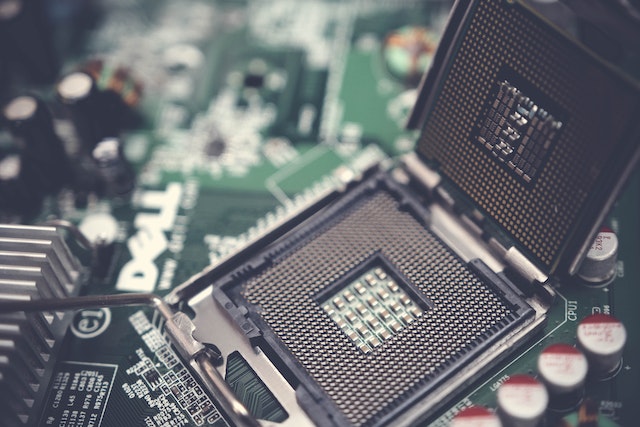The rise of modern communication and transportation technologies has made the world a hip place to live. We often utilize computers to do any kind of job. Every industry has gone digital as a result of widespread computerization. Using computers makes life easy and pleasant. However, we do not believe that the computer invented this. Small, inexpensive, and ubiquitous computers have become in the modern day.
On the other hand, when computers were mature, they were enormous, consequential, and not nearly as prevalent as they are now. Over five thousand years ago, with the invention of the abacus, computing began in earnest. This sparked the start of the personal computer industry.
In order to conduct mathematical operations, the early computers used vacuum tubes. First generational wealth was accumulated between 1946 and 1959. ENIAC, the first of its kind, was the first computer (Electronic Numerical Integrator and Calculator). There was a serious, massive first generation of computers. They used vacuum tubes to execute mathematical computations. Unfortunately, their software caused a lot of problems.
There was a significant amount of energy used by them. There were many more issues with early computers than there were positives. ENIAC and UNIVAC-1 were the two most important computers of the time. For general use, UNIVAC was the first electronic computer. Among early computers, the IBM 650 was the most widely used. An ENIAC, an EDVAC, an IBM 701, and an IBM 650 are all examples of first-generation personal computers.
What is a vacuum tube?
Vacuum tubes, also known as electron tubes, are valves used to regulate the passage of electrons via a high vacuum between electrodes when a voltage is applied.
The Electronic Numerical Integrator and Computer (ENIC) was the first laptop of the first generation of computers (Electronic Numerical Integrator and Calculator). When William Mauchly and John Eckert conceived the concept of a general-purpose electronic computer in 1942, it was with this machine in mind. It wasn’t until 1945, however, that the machine was finally finished.
The ENIAC computer was very massive and serious-looking. It took up a basement space 50 feet in length and weighed in at a hefty 30 tons. In terms of vacuum tubes, it has around 17,000. Massive amounts of power were required for vacuum tube computers. A total of 150 kilowatt hours were utilized by ENIAC, of which 80 kilowatts were used for heating tubes, 45 kilowatts for DC power, 20 kilowatts for ventilation blowers, and 5 kilowatts for punched-card electronic equipment.
ENIAC was first put to use doing arithmetic computations.
In a single second, ENIAC could do 5,000 additions. While most computers use binary numbers, the ENIAC used decimals. As a result, the decimal system was adopted for both the visual representation of numbers and the performance of mathematical operations. It had twenty accumulators, each of which could store a 10-digit decimal number. Ten vacuum tubes were arranged in a circle to form each number.
The complex and time-consuming nature of ENIAC’s programming was its primary shortcoming. It was obviously not a laptop for everyday usage. Changing its software required a complete overhaul, down to the punch cards and wiring plugboards. The reprogramming of the equipment might take a team of up to two days.
The Universal Automatic Computer (UNIVAC) was the first electronic computer to be sold to the public. The original generation of computers had the benefit of being fast and able to calculate knowledge in milliseconds.
Limitations of the Original Computers:
- The size of computers grew.
- Thousands of vacuum tubes caused them to heat up in a short amount of time.
- They couldn’t be relied on very often.
- There has to be regular upkeep.
- A non-portable item.
- Expensive manufacturing.
- Very low efficiency in work.
- Inadequate coding talents.
- Punched cards are used.
When compared to modern computers, first-generation computers had a painfully slow processing speed. Extremely large amounts of power were used. For the installation, a large enough space was required. The level of Programming skills was pretty poor. Similar slowness in processing was also seen.
Overall, the drawbacks of the first-generation computer system outweigh the benefits. Even so, we mustn’t lose sight of its significance. Because of the limitations of the first generation of computers, the second generation of computers emerged. In later models of computing equipment, transistors began to be used. From 1946 until 1959, several first-generation computers were produced. In the first generation of computers, vacuum tubes were used, which was a significant step forward in computing.

